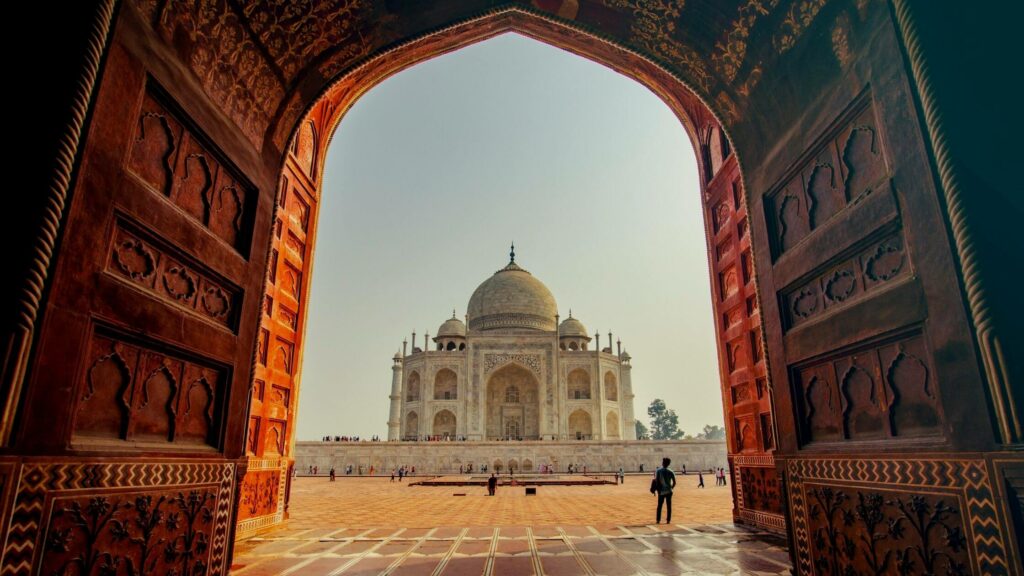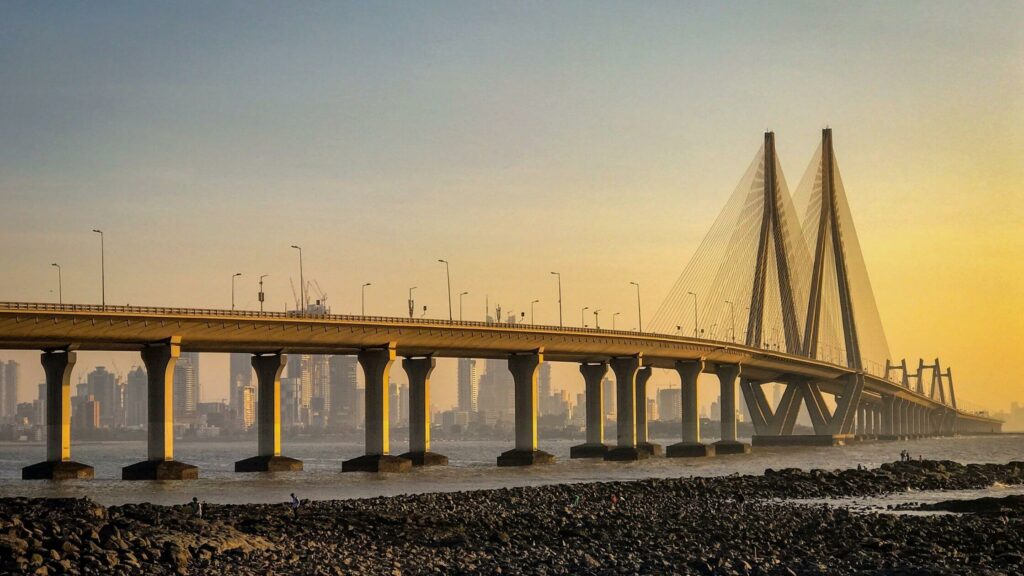Every day we’re exposed to millions of pieces of content on social media, news, blogs, and other platforms. What sets your content apart?
If your content is valuable and interesting, it’s important to make sure it reaches a large number of people. This is only possible if you incorporate multilingual typography to attract speakers of different languages.
Previously, we spoke about the importance of multilingual typography and how it can boost your business. In this post, we’re going to explore the impact of multilingual typography in a market like India which has 23 official languages, 122 major languages, and 1599 other languages!
India’s Multilingualism

It’s no surprise that with a 1.3 billion strong population and a cultural history going back thousands of years, that India has so many languages. The Indian Constitution recognizes 22 official languages. Assamese, Bengali, Bodo, Dogri, Gujarati, Hindi, Kannada, Kashmiri, Konkani, Maithili, Malayalam, Meitei, Marathi, Nepali, Oriya, Punjabi, Sanskrit, Santhali, Sindhi, Tamil, Telugu and Urdu in addition to English. In fact, India is second only to the US when it comes to the size of its English-speaking population.
A Growing Market
But when it comes to consuming content, Indians have an affinity to choose content in their mother-tongues or native languages, not just English. A study by KPMG and Google showed that Indian language internet users have grown from 42 million in 2011 to 234 million in 2016. This is a CAGR (Compound Annual Growth Rate) of 41%. As of 2017, there were 175 million English internet users compared to 243 million Indian language ones. This growth momentum is likely to continue as the study estimated the number of Indian language internet users in 2021 will be 536 million at a CAGR of 18%. These users will account for 73% of all internet users in India (estimated at 735 million).
Hindi internet users are rapidly growing in number and are expected to outgrow the English user base by 2021. Marathi and Bengali users will also contribute to the volume growth. Tamil, Kannada, and Telugu — languages spoken predominantly in South India — are expected to be the most digitally engaged from 2016-2021.
Factors of Change
Increasingly affordable smartphone companies like Xiaomi and Oppo coupled with cheaper internet plans brought in by the likes of Reliance Jio have led to increased connectivity in semi-urban and rural areas. Digital entertainment, online news, social media, and chat apps have shown the most success among Indian language internet users. Rural Indian language users have significantly higher engagement levels (~530 minutes every week) compared to urban internet users (~ 487 minutes every week).
Given that the majority of India’s population has only recently begun accessing the internet, they have a lot left to discover. Facilitating their curiosity and sharing content in regional languages keeps them online and engaging longer. Indian language internet users have an adoption rate of 90% for digital entertainment, second only to chat apps like WhatsApp. The high adoption rates for digital entertainment are driven by the availability of “content-on-demand” and easy accessibility. 84% of Indian language internet users view content on leading video sharing platforms and 36% of users use leading video-on-demand apps like Netflix, Amazon Prime, Disney+Hostar, etc. The Indian language digital entertainment user base is expected to hit 392 million by 2021.
Opportunity for Companies

Tech companies are taking notice of this growing number of Indian language users and are pivoting their content to be inclusive and diverse. The total Indian vernacular content market size is estimated at a whopping $53 billion. Startups venturing into the regional language market or providing multilingual services have displayed a 33% growth rate and a median funding amount of $5.8 million in four years (2015-2018). Regional language startups have raised more than $708 million in total funding between 2014 and Q3 2019.
Global companies are aware of the importance of multilingual content and have already incorporated the same into their advertising and services. Google and Facebook, who account for 70% of the global digital advertising spend, support Indian languages like Hindi, Marathi, Tamil, and Bengali with a focus on localisation so the regional languages are offered in the right places.
Is it any wonder with such numbers driving the regional language internet user base growth in India that companies and brands are incorporating multilingual typography and content to promote their services?
For instance, before the launch of Disney+ in India, Disney decided to offer their movie posters in different Indian languages to attract regional users. Brucira worked on recreating the English typography on several globally acclaimed movie posters into three different languages — Hindi, Tamil, and Telugu to support Disney+Hotstar’s endeavour to reach millions of Indian language internet users.
At Brucira, we know the importance of multilingual typography when it comes to digital content. We’ve worked with many companies across the globe including DHL, Onduo by Google, Oppo, and others to elevate their content with great design. If you think multilingual typography is the boost your business needs, then brew something great with us!
Check out some of our case studies:
ATC | Onduo by Google | Kyte | Chizel
Follow us:
Instagram | Twitter | LinkedIn | Dribble
P.S. We’re also expanding our services to include Branding, so remember to check back in soon!













